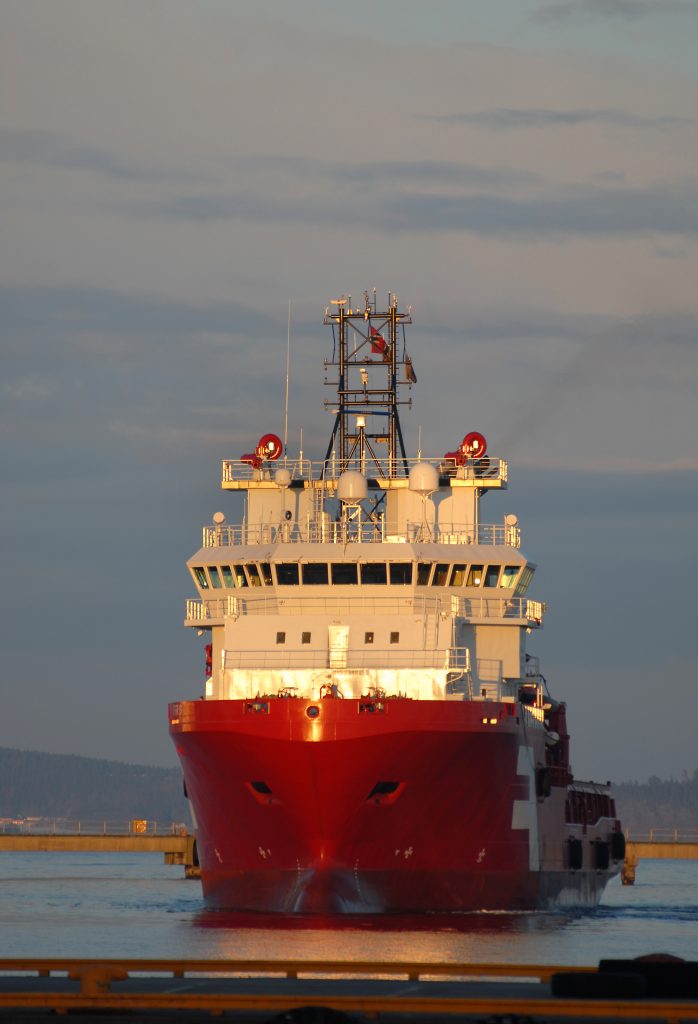 Contracts between parties working toward a common goal can sometimes result in detail-oriented litigation when something goes wrong. When those parties need to subcontract with a third party, the responsibility for that third party if something goes wrong can be a point of contention.
Contracts between parties working toward a common goal can sometimes result in detail-oriented litigation when something goes wrong. When those parties need to subcontract with a third party, the responsibility for that third party if something goes wrong can be a point of contention.
In the Western District of Louisiana, a lawsuit and appeal revolved around whether the defendant-appellant, W & T Offshore Incorporated (W&T), or the defendant-appellee, Triton Diving Services (Triton), was responsible for injuries sustained by the plaintiff, Jakarta Grogan. W&T contends that Triton is liable because the injury occurred on Triton’s vessel. Triton disputes all liability and contends that W&T must pay for Mr. Grogan’s injuries, due to the contractual relationship between them.
W&T operates a pipeline in the Gulf of Mexico and hired Triton to participate in a recommissioning project. Triton was to be responsible for flushing the pipeline for impurities and was able to do so by using a dive support vessel called the Achiever. The two parties signed a Master Services Contract that allowed Triton operational control of the vessel but granted overall operational control to W&T. During the flushing process, Triton detected potentially unsafe levels of hydrogen sulfide being released. Due to this hazard, Triton consulted with W&T engineer, Alan Greig, about how to proceed. Mr. Greig recommended they hire a third party to help resolve the issue, and they brought Tiger Safety onto the project. W&T representatives, including Mr. Greig himself, made the necessary arrangements with Tiger Safety. The Plaintiff, Mr. Grogan, was one of Tiger Safety’s personnel that boarded the Achiever in order to resolve the hydrogen sulfide issue. Mr. Grogan acted under the direction of W&T’s on-site representative and provided necessary information gathered to said representative. The problem was resolved, and Tiger Safety’s personnel had been discharged. During the departure from the Achiever, Mr. Grogan fell. He subsequently sued both W&T and Triton for the injuries he sustained. W&T and Triton filed cross-claims against one another, and each defendant claimed indemnification. Simply, each defendant claimed that they could not be held liable for Mr. Grogan’s injuries because the other defendant had contracted to release them from any potential claims. The contract between the parties held that Triton indemnified W&T from personal injury claims brought by members of the ‘contractor group’. The term ‘contractor group’ was meant to refer to the Contractor, its parent company, affiliated companies, and all respective officers, employees, and invitees on the work sites. The district court held in favor of Triton and found that, based on all relevant facts, Mr. Grogan was W&T’s invitee. W&T appealed the ruling.
 Hydraulic steering is part of modern-day recreational vessels. When a boat’s hydraulic steering fails, what party bears liability? The owner, driver, or manufacturer? In the following case, the Louisiana 3rd Circuit Court of Appeal was asked to determine liability and proper damages when a boat’s hydraulic steering system failed.
Hydraulic steering is part of modern-day recreational vessels. When a boat’s hydraulic steering fails, what party bears liability? The owner, driver, or manufacturer? In the following case, the Louisiana 3rd Circuit Court of Appeal was asked to determine liability and proper damages when a boat’s hydraulic steering system failed. Louisiana Personal Injury Lawyer Blog
Louisiana Personal Injury Lawyer Blog


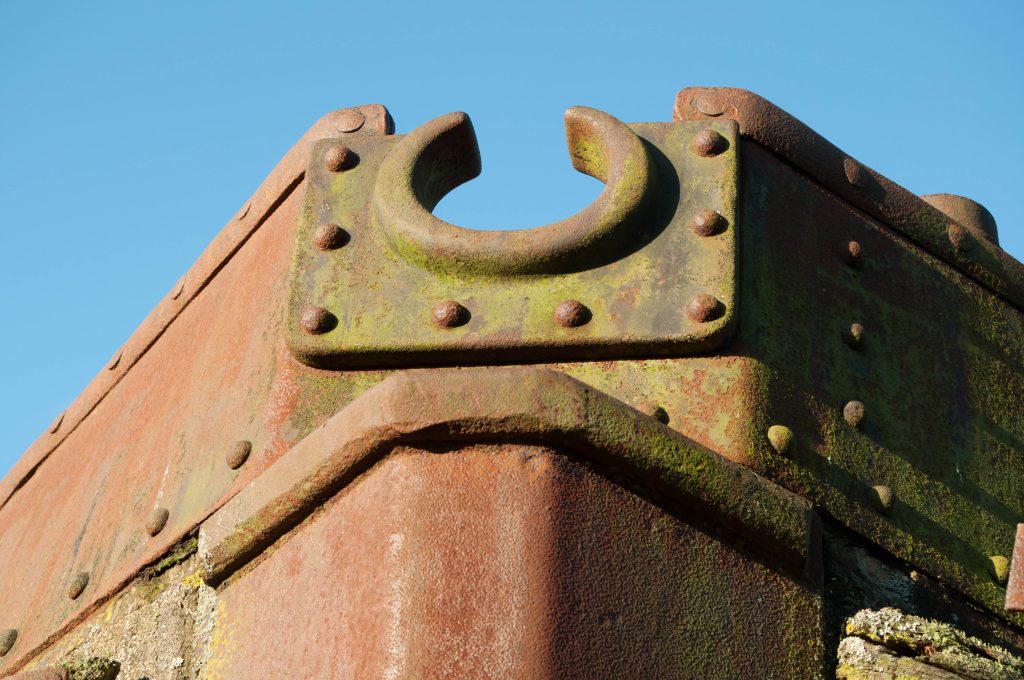 Medical conditions can be a sensitive topic for both employers and employees. While employers are extremely cautious in not asking discriminatory questions, the employees may still be reluctant and afraid to lay all cards on the table. Understandably, workers who suffer from pre-existing medical conditions feel that they don’t need to inform their employers as long as the illnesses are not getting in the way of work. But should they? A recent case from Lousiana Fourth Circuit illuminates the legal consequences where the employee lied on the medical forms and later requested worker’s compensation.
Medical conditions can be a sensitive topic for both employers and employees. While employers are extremely cautious in not asking discriminatory questions, the employees may still be reluctant and afraid to lay all cards on the table. Understandably, workers who suffer from pre-existing medical conditions feel that they don’t need to inform their employers as long as the illnesses are not getting in the way of work. But should they? A recent case from Lousiana Fourth Circuit illuminates the legal consequences where the employee lied on the medical forms and later requested worker’s compensation. Imagine an injury on a ladder, lawnmower, boat, or other manufactured product. The product might appear defective; however, is defectiveness sufficient to win a lawsuit against the manufacturer? Under Louisiana law, to prevail in a lawsuit alleging medical injuries from a defective product, a plaintiff must provide adequate medical evidence to support that the injuries likely resulted from the defective product. This is referred to as “medical causation.” Without establishing medical causation, you may not be able to recover for your injuries.
Imagine an injury on a ladder, lawnmower, boat, or other manufactured product. The product might appear defective; however, is defectiveness sufficient to win a lawsuit against the manufacturer? Under Louisiana law, to prevail in a lawsuit alleging medical injuries from a defective product, a plaintiff must provide adequate medical evidence to support that the injuries likely resulted from the defective product. This is referred to as “medical causation.” Without establishing medical causation, you may not be able to recover for your injuries. 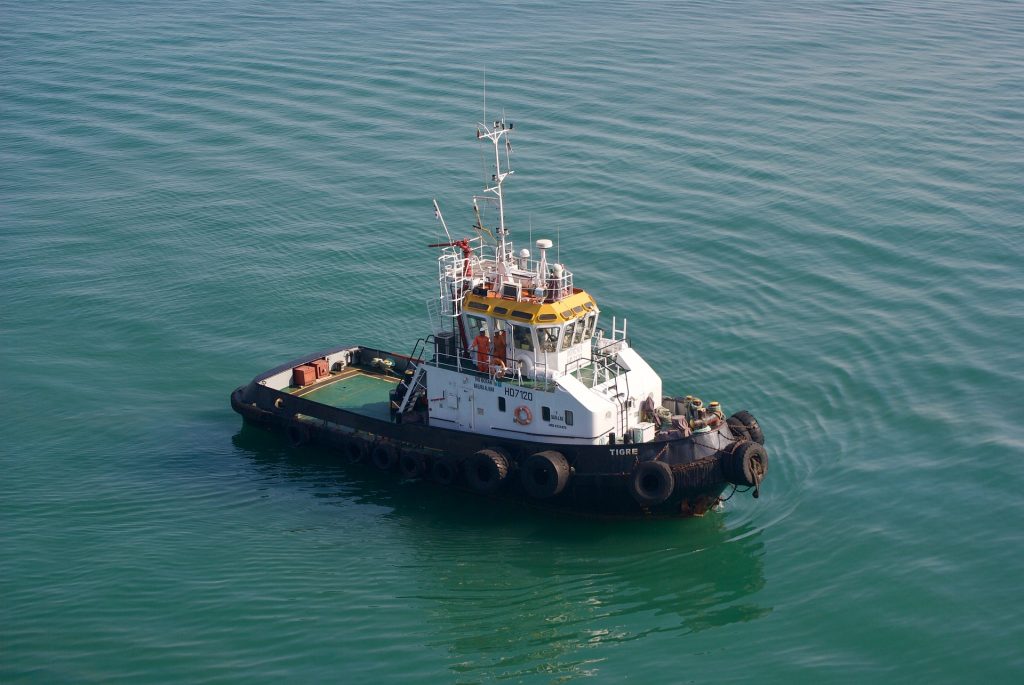 In the workplace, providing a safe environment through training, communication, and safety standards can help create an injury-free workplace. Yet, despite every precaution, accidents can still happen and then the situation becomes one of determining whose negligence caused the injury. This issue was explored in a maritime action filed on May 9, 2012 in the Twenty-Ninth Judicial District Court for the Parish of St. Charles.
In the workplace, providing a safe environment through training, communication, and safety standards can help create an injury-free workplace. Yet, despite every precaution, accidents can still happen and then the situation becomes one of determining whose negligence caused the injury. This issue was explored in a maritime action filed on May 9, 2012 in the Twenty-Ninth Judicial District Court for the Parish of St. Charles. 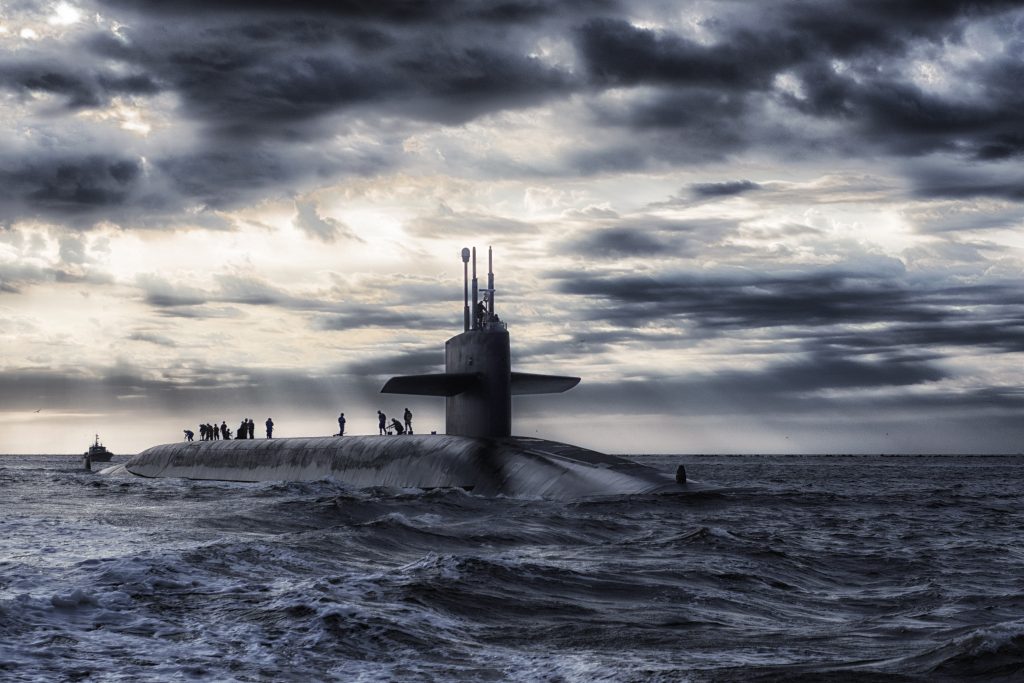 What happens when a person is injured due to a company’s negligence and the company is based outside of the United States? The plaintiff generally must file a lawsuit in federal court, but there are certain jurisdictional requirements that have to be met. A plaintiff’s ability to file a lawsuit against an international company in a U.S. district court depends on how much “contact” the company has with the United States.
What happens when a person is injured due to a company’s negligence and the company is based outside of the United States? The plaintiff generally must file a lawsuit in federal court, but there are certain jurisdictional requirements that have to be met. A plaintiff’s ability to file a lawsuit against an international company in a U.S. district court depends on how much “contact” the company has with the United States.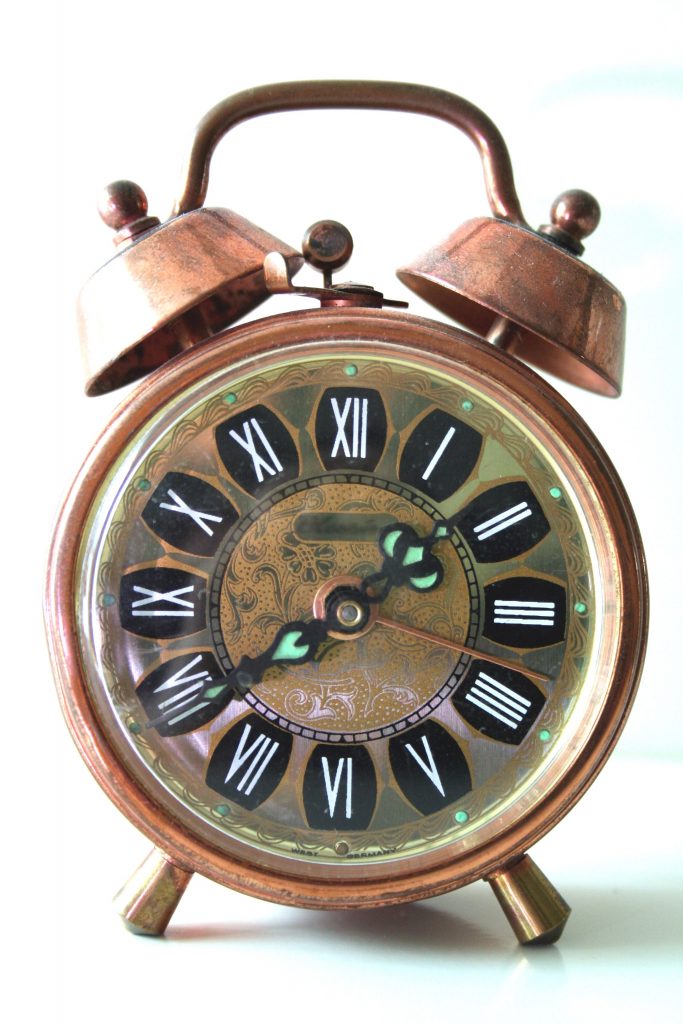 For any legal claim, there is a set period of time for which the claim must be brought. This set period of time is known as a statute of limitations, which can vary based on the type of claim. If a claim is not filed prior to the expiration of the statute of limitations, the right to bring the claim is extinguished. Furthermore, if an attorney was retained to bring the claim and failed to do so in a timely manner, the attorney may be sued for malpractice. So, in Louisiana can you sue your lawyer for not filing your claim on time?
For any legal claim, there is a set period of time for which the claim must be brought. This set period of time is known as a statute of limitations, which can vary based on the type of claim. If a claim is not filed prior to the expiration of the statute of limitations, the right to bring the claim is extinguished. Furthermore, if an attorney was retained to bring the claim and failed to do so in a timely manner, the attorney may be sued for malpractice. So, in Louisiana can you sue your lawyer for not filing your claim on time?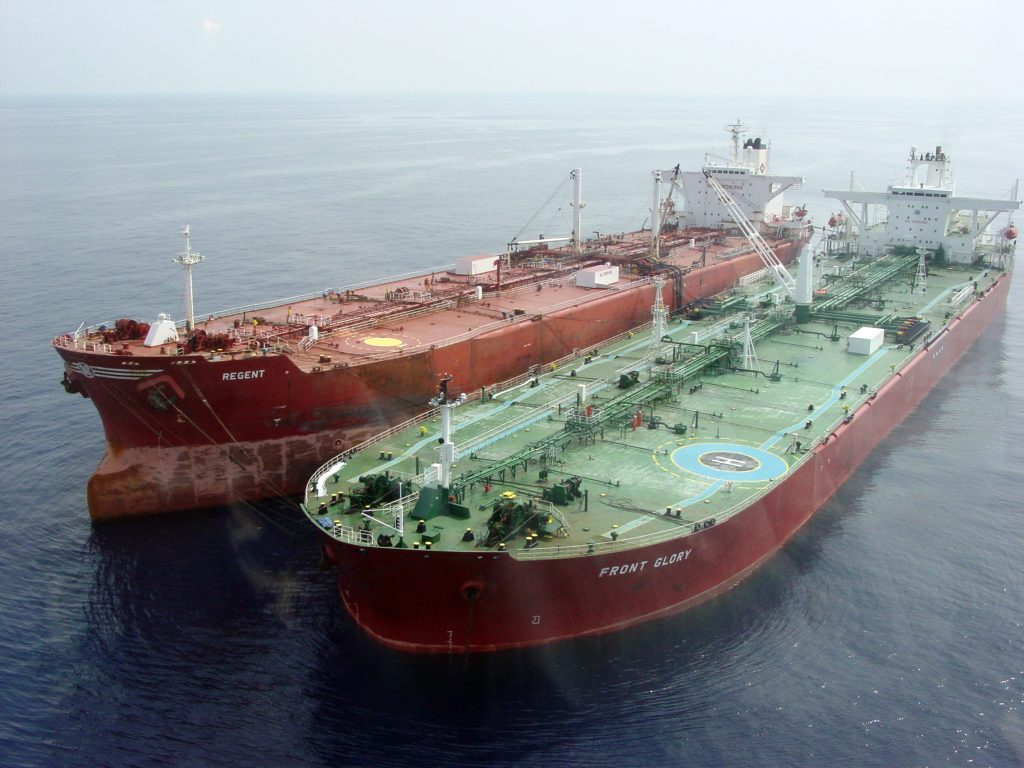 In almost every lawsuit, both sides present expert witnesses that have completely different views of the same situation. It is important to have an excellent attorney at trial because by the time the lawsuit is appealed, these witnesses are gone and the opinions they reached are part of the record. To overturn a trial court’s decision, an appellate court must find some glaring factual or legal error. If there are no such errors, it is very hard for the appellate court to second-guess the trial court’s decision. So, how can you prove negligence on appeal? This was the case for a Baton Rouge shipping company in their case against an insurance company.
In almost every lawsuit, both sides present expert witnesses that have completely different views of the same situation. It is important to have an excellent attorney at trial because by the time the lawsuit is appealed, these witnesses are gone and the opinions they reached are part of the record. To overturn a trial court’s decision, an appellate court must find some glaring factual or legal error. If there are no such errors, it is very hard for the appellate court to second-guess the trial court’s decision. So, how can you prove negligence on appeal? This was the case for a Baton Rouge shipping company in their case against an insurance company.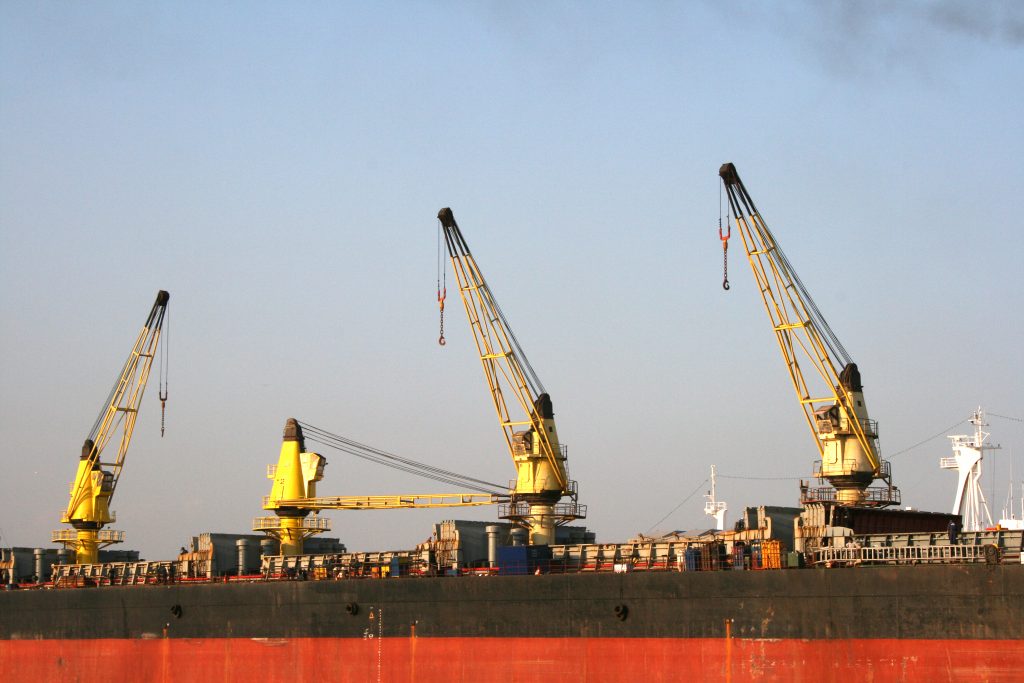 Insurance policy language is carefully crafted to limit the areas of coverage. A Ponchatoula area boating business tried and failed to extend their insurance policy coverage for accidents on the water to a land-based crane accident. So what happens when you try to cover a land based accident with maritime insurance?
Insurance policy language is carefully crafted to limit the areas of coverage. A Ponchatoula area boating business tried and failed to extend their insurance policy coverage for accidents on the water to a land-based crane accident. So what happens when you try to cover a land based accident with maritime insurance? 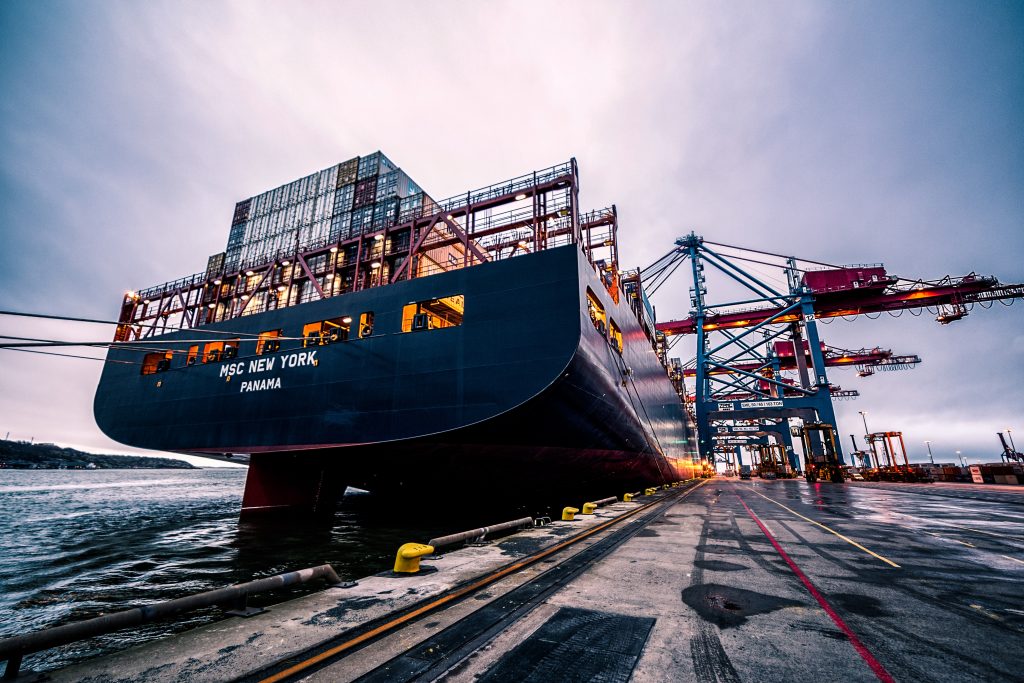 There are unique laws governing benefits and remedies for injured seamen. It is important to know the specific laws and defenses applicable to claims as an injured seaman.
There are unique laws governing benefits and remedies for injured seamen. It is important to know the specific laws and defenses applicable to claims as an injured seaman.  Contracts between parties working toward a common goal can sometimes result in detail-oriented litigation when something goes wrong. When those parties need to subcontract with a third party, the responsibility for that third party if something goes wrong can be a point of contention.
Contracts between parties working toward a common goal can sometimes result in detail-oriented litigation when something goes wrong. When those parties need to subcontract with a third party, the responsibility for that third party if something goes wrong can be a point of contention.